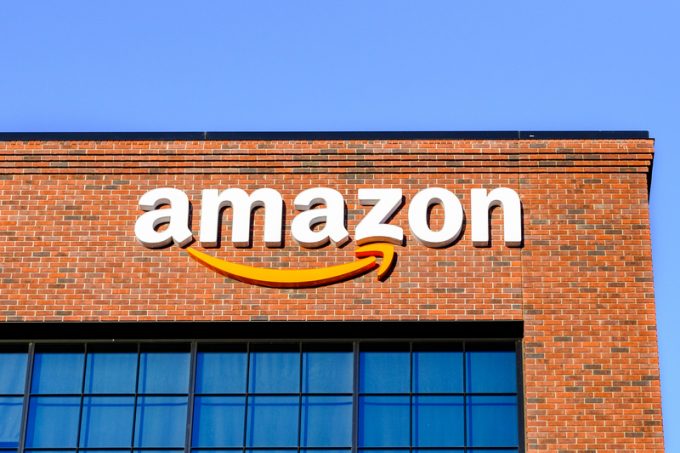US DoT under fire for failure to communicate with air cargo stakeholders
The US Department of Transportation (DoT) has failed to properly communicate with air cargo stakeholders, ...

Amazon has revamped its US operation, shifting from a centralised network to a regional set-up, with eight regions taking care of virtually all traffic within their range.
The new model is supposed to accelerate deliveries and reduce costs, although excess inventory could dent the cost equation.
Equipped ...

Comment on this article